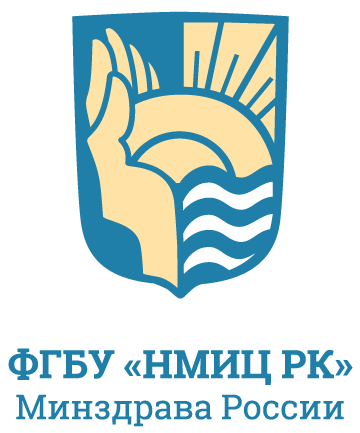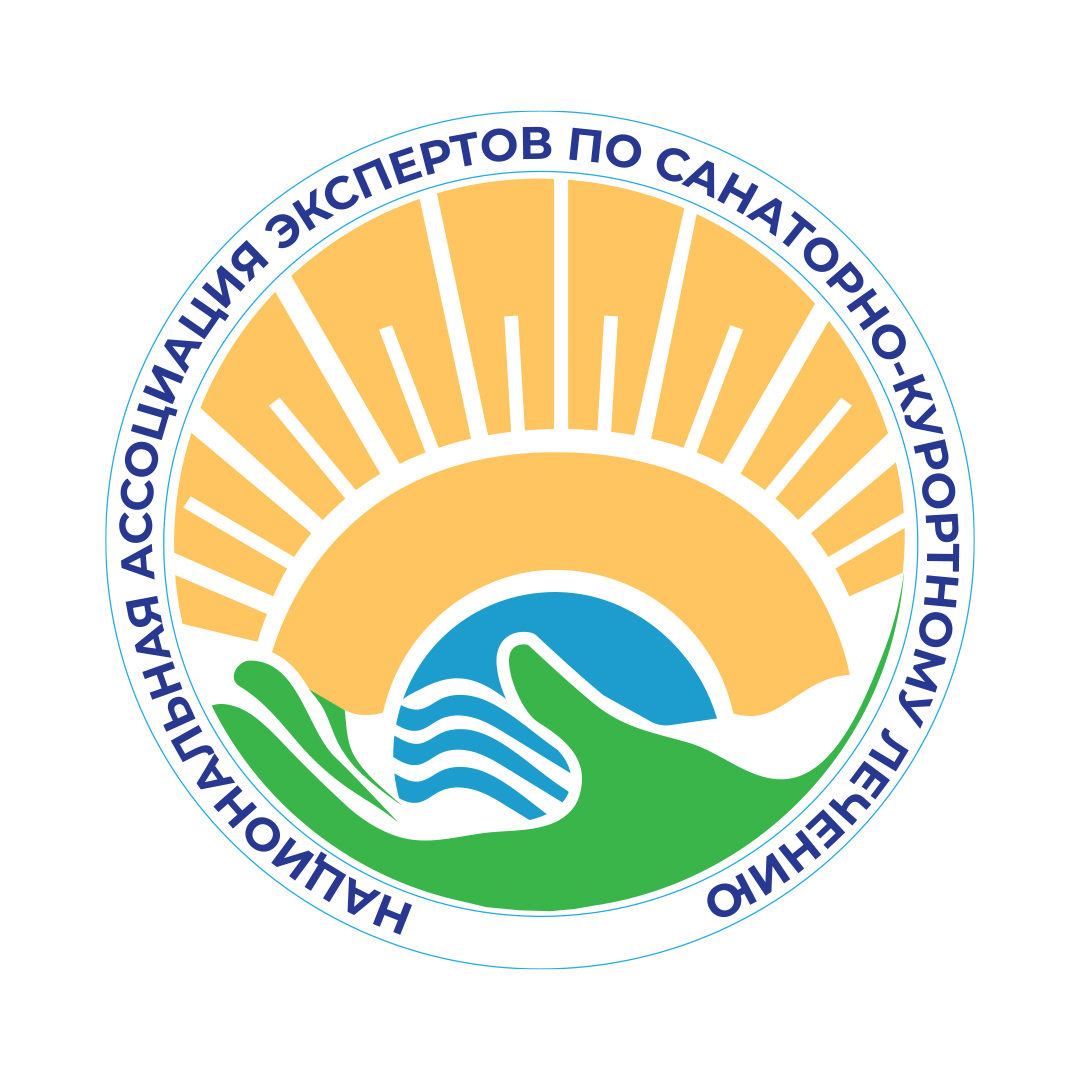Issue 23-5, 2024
Original article
The Role of Toll-Like Receptor 4 Asp299Gly Genetic Polymorphism in Rehabilitation of Patients with Post-COVID Syndrome
1 ![]() Leуla Sh. Dudchenko, 2
Leуla Sh. Dudchenko, 2 ![]() Vladimir A. Beloglazov, 2
Vladimir A. Beloglazov, 2 ![]() Igor A. Yatskov, 1,*
Igor A. Yatskov, 1,* ![]() Galina N. Andreeva, 1
Galina N. Andreeva, 1 ![]() Elena A. Solovyova, 1
Elena A. Solovyova, 1 ![]() Irina V. Shulyak
Irina V. Shulyak
1 Academic Research Institute of Physical Methods of Treatment, Medical Climatology and Rehabilitation named by
I.M. Sechenov, Yalta, Russia
2 V.I. Vernadsky Crimean Federal University, Simferopol, Russia
ABSTRACT
AIM. To evaluate the role of Toll-like receptor 4 (TLR4 (Asp229Gly) polymorphism in the formation of PCS and rehabilitation potential.
KEYWORDS: Toll-like receptor 4 (TLR4), genetic polymorphism, post-covid syndrome, rehabilitation
FUNDING: The authors declare no external funding in the conduct of the study.
CONFLICT OF INTEREST: The authors declare no apparent or potential conflicts of interest related to the publication of this article.
FOR CITATION:
Dudchenko L.Sh., Beloglazov V.A., Yatskov I.A., Andreeva G.N., Solovyova E.A., Shulyak I.V. The Role of Toll-Like Receptor 4 Asp299Gly Genetic Polymorphism in Rehabilitation of Patients with Post-COVID Syndrome. Bulletin of Rehabilitation Medicine. 2024; 23(5):41-51. https://doi.org/10.38025/2078-1962-2024-23-5-41-51 (In Russ.).
FOR CORRESPONDENCE:
Galina N. Andreeva, E-mail: galinaandreeva2901@internet.ru, niisechenova@mail.ru
References:
- Белоглазов В.А., Яцков И.А., Усеинова Р.Х. Экспрессия и полиморфизм рецепторов TLR4 в патогенезе хронической обструктивной болезни легких: современный взгляд. Медицинская иммунология. 2021; 23(2): 231–236. https://doi.org/10.15789/1563-0625-EAP-2147 [Beloglazov V.A., Yatskov I.A., Useinova R.H. Expression and polymorphism of lTLR4 receptors in pathogenesis of chronic obstructive pulmonary disease: a modern view. Medical Immunology (Russia). 2021; 23(2): 231–236 https://doi.org/10.15789/1563-0625-EAP-2147 (In Russ.).]
- Aboudounya M.M., Heads R.J. COVID-19 and Toll-Like Receptor 4 (TLR4): SARS-CoV-2 May Bind and Activate TLR4 to Increase ACE2 Expression, Facilitating Entry and Causing Hyperinflammation. Mediators of inflammation. 2021; 2021(1): 8874339. https://doi.org/10.1155/2021/8874339
- Евдокимов А.В., Суслова Т.А., Беляева С.В. и др. Полиморфизм генов TLR и течение двусторонней пневмонии при COVID-19. Медицинский академический журнал. 2021; 21(4): 57–66. https://doi.org/10.17816/MAJ90324 [Evdokimov A.V., Suslova T.A., Belyaeva S.V., et al. Polymorphism of TLR genes and the course of COVID-19 bilateral pneumonia. Medical academic journal. 2021; 21(4): 57–66. https://doi.org/10.17816/MAJ90324 (In Russ.).]
- Воропай А.А., Левкович М.А., Галкина Г.А. и др. Роль полиморфизма генов TLR2, TLR4 в формировании микрососудистых осложнений у подростков с сахарным диабетом 1-го типа. Медицинская иммунология. 2021; 23(4): 895–902. https://doi.org/10.15789/1563–0625-ROT-2271 [Voropai A.A., Levkovich M.A., Galkina G.A. Role of TLR2, TLR4 gene polymorphism in developing microvascular complicftions in adolescents with type 1 diabetes mellitus. Medical Immunology (Russia). 2021; 23(4): 895–902. https://doi.org/10.15789/1563-0625-ROT-2271 (In Russ.).]
- Taha S.I., Shata A.K., Baioumy S.A., et al. Toll-Like Receptor 4 Polymorphisms (896A/G and 1196C/T) as an Indicator of COVID-19 Severity in a Convenience Sample of Egyptian Patients. Journal of inflammation research. 2021; 14: 6293–6303. https://doi.org/10.2147/JIR.S343246
- Frija-Masson J., Debray M.P., Gilbert M., et al. Functional characteristics of patients with SARS-CoV-2 pneumonia at 30 days post-infection. The European respiratory journal. 2020; 56(2): 2001754. https://doi.org/10.1183/13993003.01754-2020
- Щукина Е.В., Шестерина Ю.Б., Майлян Д.Э. и др. Роль системного воспаления в реализации риска тяжелого течения коронавирусной инфекции и вероятности развития постковидного синдрома. Актуальные проблемы медицины. 2023; 46(2): 113–122. https://doi.org/10.52575/2687-0940-2023-46-2-113-122 [Shchukina E.V., Shesterina Yu.B., Maylyan D.E., et al. The Role of Inflammation in Realizing the Risk of Severe Coronavirus Infection and Probability of Post-COVID-19 Syndrome Initiation. Challenges in Modern Medicine. 2023; 46(2): 113–122. https://doi.org/10.52575/2687-0940-2023-46-2-113-122 (In Russ.).]
- Maamar M., Artime A., Pariente E., et al. Post-COVID-19 syndrome, low-grade inflammation and inflammatory markers: a cross-sectional study. Curr Med Res Opin. 2022; 38(6): 901–909. https://doi.org/10.1080/03007995.2022.2042991
- ATS Committee on Proficiency Standards for Clinical Pulmonary Function Laboratories. ATS statement: guidelines for the six-minute walk test. American Journal of Respiratory and Critical Care Medicine. 2002; 166(1): 111–117. https://doi.org/10.1164/ajrccm.166.1.at1102
- Временные методические рекомендации Минздрава России. Медицинская реабилитация при новой коронавирусной инфекции (COVID-19). Версия 3 (01.11.2022). Доступно на: https://clck.ru/3DFSsS (Дата обращения 01.01.2024). [Vremennye metodicheskie rekomendacii Minzdrava Rossii. Medicinskaya reabilitaciya pri novoj koronavirusnoj infekcii (COVID-19). Versiya 3 (01.11.2022) Available at: https://clck.ru/3DFSsS (Accessed January 12, 2024) (In Russ.).]
- Исаева А.В., Ветлужская М.В., Коробейникова А.Н. и др. Клинические фенотипы и особенности течения постковидного синдрома. Профилактическая медицина. 2023;26(9): 66–73. https://doi.org/10.17116/profmed20232609166 [Isaeva A.V., Vetluzhskaya M.V., Korobeynikova A.N., et al. Clinical phenotypes and features of the post-COVID syndrome course. The Russian Journal of Preventive Medicine. 2023; 26(9): 66–73. https://doi.org/10.17116/profmed20232609166 (In Russ.).]
- Тюрин И.Е., Струтынская А.Д. Визуализация изменений в легких при коронавирусной инфекции (обзор литературы и собственные данные). Пульмонология. 2020; 30 (5): 658–670. https://doi.org/10.18093/0869-0189-2020-30-5-658-670 [Tyurin I.E., Strutynskaya A.D. Imaging of lung pathology in COVID-19 (literature review and own data). Pulmonologiya. 2020; 30(5): 658–670. 2020; 30 (5): 658–670. https://doi.org/10.18093/0869-0189-2020-30-5-658-670 (In Russ.).]
- Rifai N., Ridker P.M. Population distributions of C-reactive protein in apparently healthy men and women in the United States: implication for clinical interpretation. Clinical chemistry. 2003; 49(4): 666–669. https://doi.org/10.1373/49.4.666
- Imhof A., Fröhlich M., Loewel H., et al. Distributions of C-reactive protein measured by high-sensitivity assays in apparently healthy men and women from different populations in Europe. Clinical chemistry. 2003; 49(4): 669–672. https://doi.org/10.1373/49.4.669
- Кытикова О.Ю., Новгородцева Т.П., Денисенко Ю.К. и др. Толл-подобные рецепторы в патофизиологии ожирения. Ожирение и метаболизм. 2020; 17(1): 56–63. https://doi.org/10.14341/omet10336 [Kytikova O.Yu., Novgorodtseva T.Р., Denisenko Yu.К., et al. Toll-like receptors in the pathophysiology of obesity. Obesity and metabolism. 2020; 17(1): 56–63. https://doi.org/10.14341/omet10336 (In Russ.).]
- Кантемирова Б.И., Василькова В.В. Полиморфизм генов у больных новой коронавирусной инфекцией COVID-19. Инфекционные болезни: новости, мнения, обучение. 2022; 11(3): 130–137. https://doi.org/10.33029/2305-3496-2022-11-3-130-137 [Kantemirova B.I., Vasilkova V.V. Polymorphism of genes in patients with new coronavirus infection COVID-19. Infectious Diseases: News, Opinions, Training. 2022; 11(3): 130–137. https://doi.org/10.33029/2305-3496-2022-11-3-130-137 (In Russ.).]
- Смирнова С.В., Сальникова Л.Е. Риск развития пневмонии и полиморфизма генов TLR2 и TLR4: мета-анализ. Общая реаниматология. 2015; 11(6): 6–18. https://doi.org/10.15360/1813-9779-2015-6-6-18 [Smirnova S.V., Salnikova L.E. Risk for pneumonia and gene polymorphisms TLR2 and TLR4: meta-analysis. General Reanimatology. 2015; 11(6): 6–18. https://doi.org/10.15360/1813-9779-2015-6-6-18 (In Russ.).]
- Torres-Castro R., Vasconcello-Castillo L., Alsina-Restoy X., et al. Respiratory function in patients post-infection by COVID-19: a systematic review and meta-analysis. Pulmonology. 2021; 27 (4): 328–337. https://doi.org/10.1016/j.pulmoe.2020.10.013
- Савушкина О.И., Черняк А.В., Крюков Е.В. и др. Динамика функционального состояния системы дыхания через 4 месяца после перенесенного COVID-19. Пульмонология. 2021; 31 (5): 580–587. https://doi.org/10.18093/0869-0189-2021-31-5-580-587 [Savushkina O.I., Chernjak A.V., Krjukov E.V. et al. Dinamika funkcional'nogo sostojanija sistemy dyhanija cherez 4 mesjaca posle perenesennogo COVID-19. Pulmonologiya. 2021; 31 (5): 580–587. https://doi.org/10.18093/0869-0189-2021-31-5-580-587 (In Russ.).]

The content is available under the Creative Commons Attribution 4.0 License.
©
This is an open article under the CC BY 4.0 license. Published by the National Medical Research Center for Rehabilitation and Balneology.




